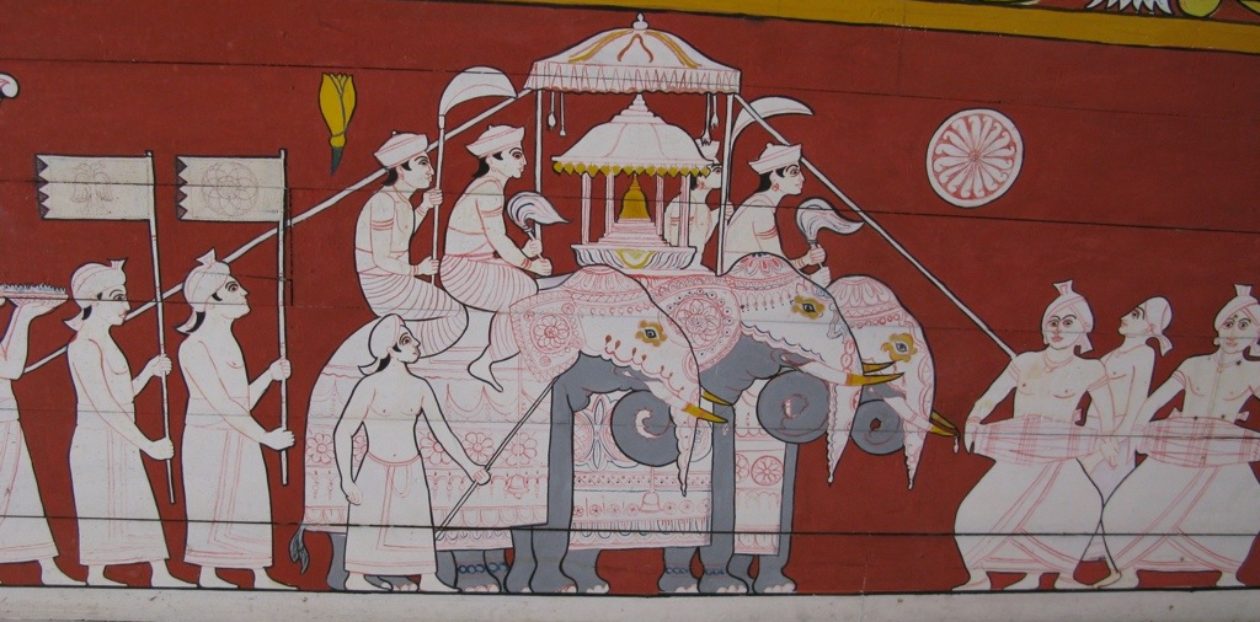Tuesday 9 Feb 2016
I got up at 6am to do an early morning walk and also to take in the morning sights of Jaffna town. Jaffna is a different picture in the morning without the mad traffic.


After a shower and breakfast, we were ready for a trip to Mannar. We were going to a well known Hindu temple, Ketheeswaram temple and Catholic church, Our Lady of Madhu Shrine Catholic church. We also later decided to go to Talaimannar which is the closest point from Sri Lanka to India. There is a series of islands and sand dunes called Adam’s Bridge or Rama’s Bridge. Jeeva organised another van via the hotel. It was a 10 seater, new and tidy. Ria the driver was proud of his vehicle and his service was impeccable.

The Gulf of Mannar was well known for valuable pearls. This attracted the Portuguese and other Europeans. Trade was foremost in the minds of the Portuguese however subsequently they were active in trying to convert the local population to Catholicism. It can be said that Catholicism (or Christianity) established it’s beachhead on Sri Lanka in Mannar. St Francis Xavier was active in Mannar around 1543.

Our first stop was Ketheeswaram temple. This temple dates back from 300 BC and is dedicated to Lord Shiva. In 1505 along with many Hindu and Buddhist temples around the island, this temple was destroyed by the Portuguese in their quest to spread Christianity. Later, the temple stones were used to build Manner Fort, a church and Hammershield Fort at Kayts. The temple was rebuilt in 1903 following the unearthing of original deities in 1894 at the original site of the temple.



Our second stop was the Our Lady of Madhu Shrine Catholic Church. This church dates back 400 years and is thought to be the holiest Catholic place on the island. During the civil war, the shrine housed more than 10,000 refugees. The area around the shrine was considered a ‘demilitarised zone’. Unfortunately the area was shelled in late 1999, killing 44 refugees.







We had lunch at the church canteen and then decided to head for Talaimannar, the eastern most part of Mannar and the closest point to India. Before the civil war, trade flowed freely between Sri Lanka and India for centuries. We were also keen to see Adam’s Bridge, a collection of island and outcrops connecting Sri Lanka to India. This area is heavily patrolled by the navy. The point Adam’s Bridge starts on the Sri Lankan side is now a naval base. We were directed by the guard to hire a fishing board to take as to Adam’s Bridge. I was approached by a fisherman and was told the cost of the trip was LKR5000. I checked that he had life jackets. Then he realised we were not Sri Lankans and therefore could not take us. Apparently only Sri Lankan citizens could hire a boat to take them to Adam’s Bridge. This was later confirmed by a navy personnel who came over to investigate our presence. The reason given was that the Sri Lankan Government did not want to be held responsible for the safety of foreigners. This was a real disappointment. Having come this far and this close and not being able to make the trip. We spent some time on the beach and then boarded the van to head back to Jaffna.









